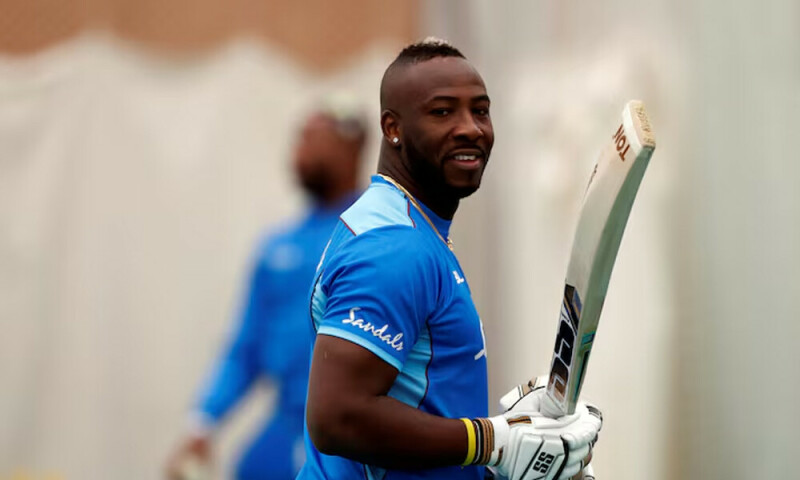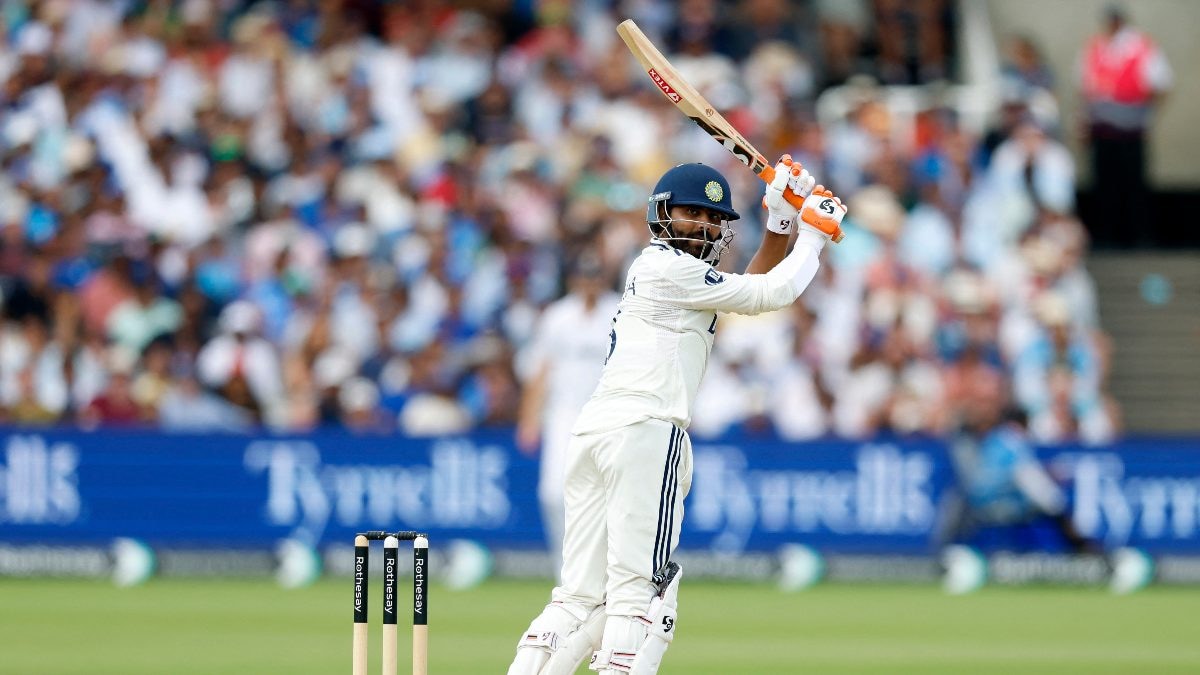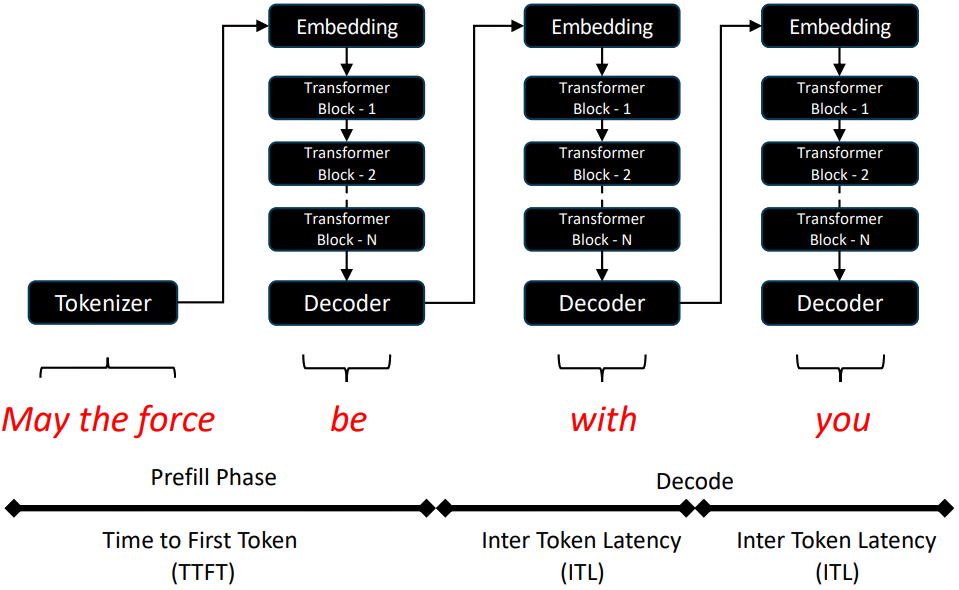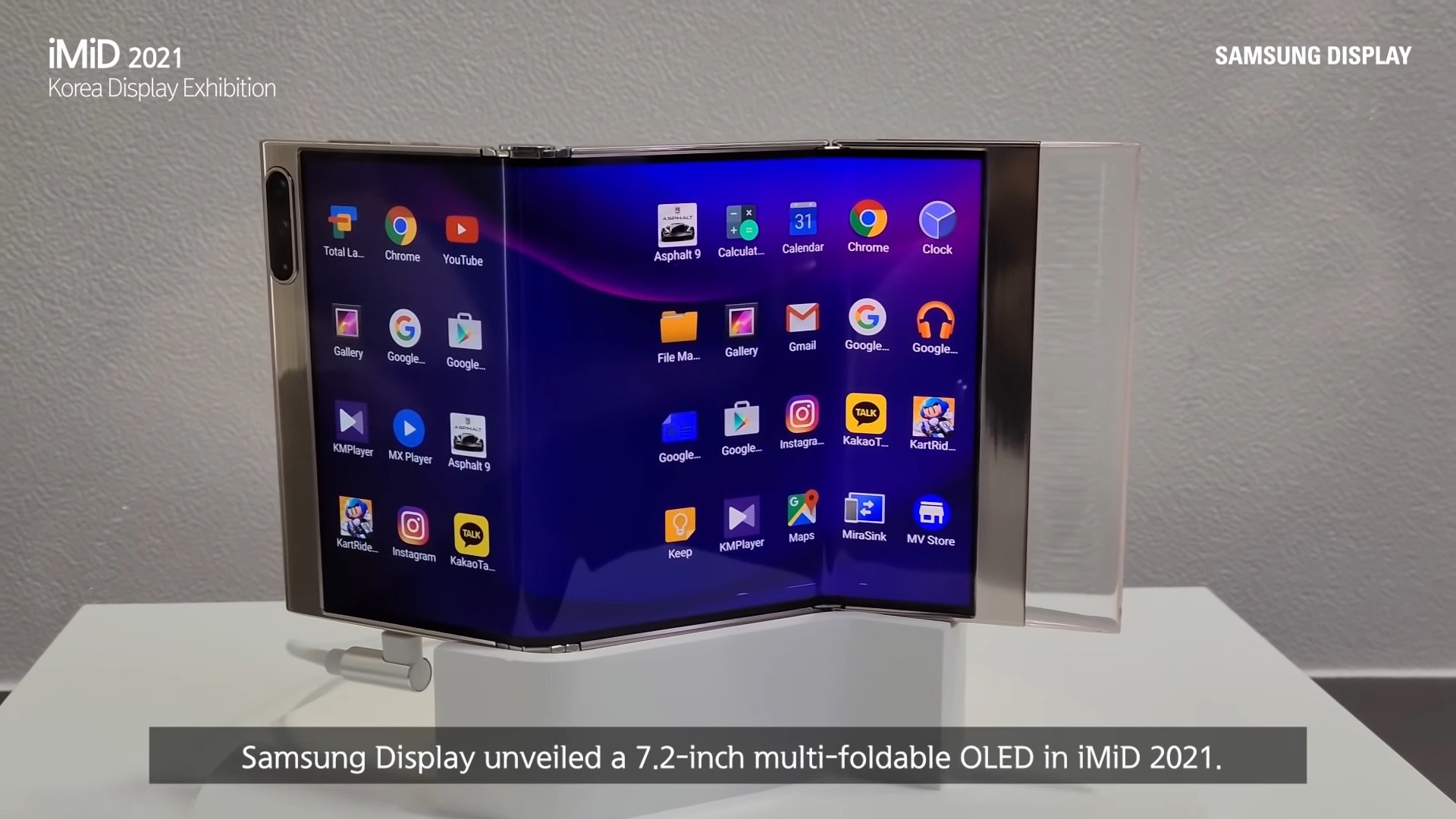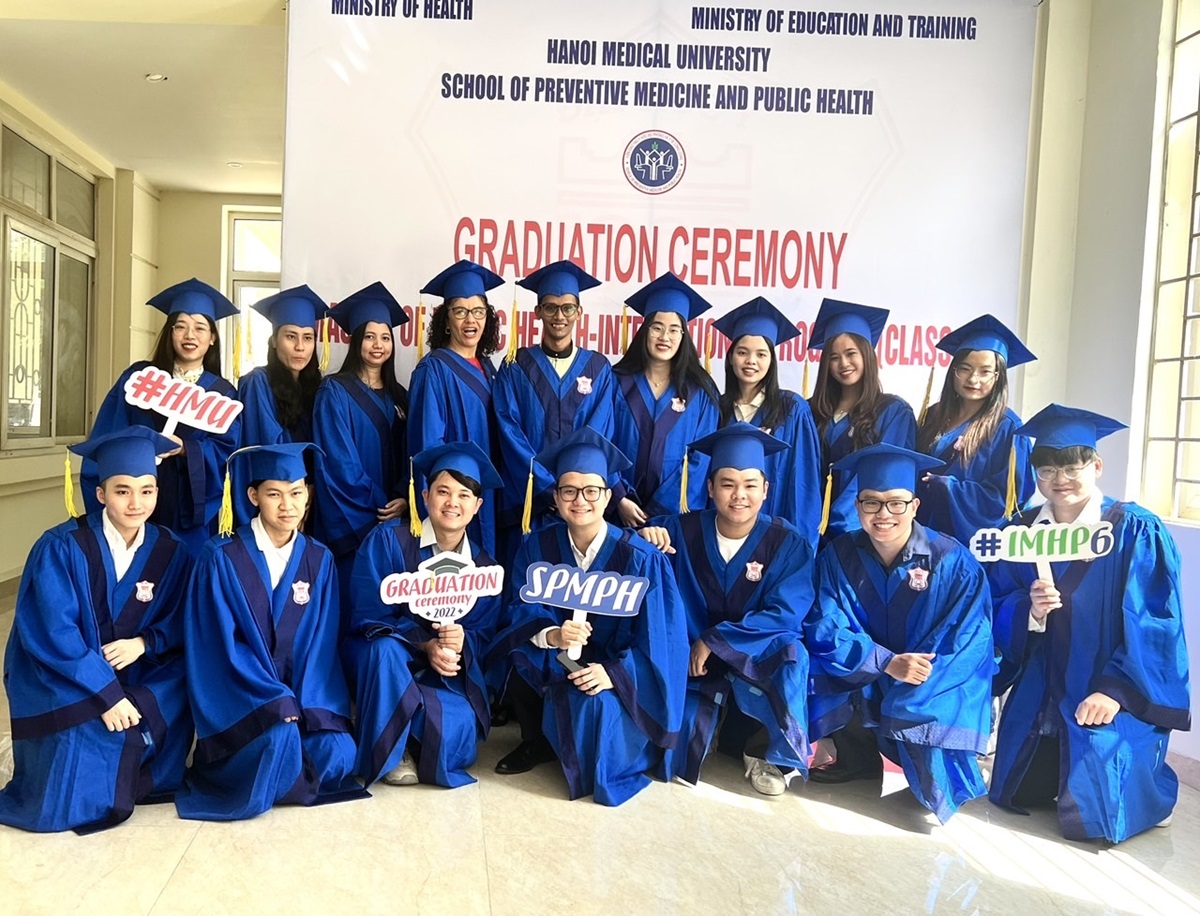CD Projekt Red’s latest update for Cyberpunk 2077 is here. The update is packed with some exciting new features. Update 2.3 has introduced some major customization, vehicles, and immersion improvements, right alongside technical upgrades for smoother gameplay. Here is the breakdown of the biggest changes that are coming to Night City.
Top 10 changes in Cyberpunk 2077 update 2.3
Landing on July 17, 2025, on PlayStation 5, Xbox Series X|S and PC, the update delivers a significant package. While it’s not a massive narrative expansion, it does inject fresh life into highly requested features, which are aimed at making navigation of the dystopian metropolis more stylish and smoother than ever before.
AutoDrive: For a hands-free experience
AutoDrive feature Cyberpunk 2077 the most anticipated addition with the update. AutoDrive allows players to sit back while the car navigates Night City. Just set the destination or enable the free-roam mode. The vehicle would follow traffic rules, avoid collisions and even stop at the red lights. The feature disengages during the combat to ensure you remain in control as things start to get heated up.
Cinematic cruising camera
Alongside AutoDrive is a paired cinematic cruising camera mode that dynamically cycles through all cinematic angles as the car moves. It captures stunning vistas. It allows players to create their own Night City music videos, as the car drives itself.
Delamin Taxi Service
This feature can be unlocked by completing the ” Don’t Lose Your Mind quest. The feature allows players to summon the Delamin cab through the vehicle call menu. Just input the destination and sit back to enjoy the ride. It’s a seamless way to explore around.
Four new vehicles
Update 2.3 adds 3 new cars and a motorcycle. Each of these are coming with new vehicles Cyberpunk 2077 2.3 update, and they are tied to the unique side jobs.
- Yaiba ARV-Q340 Semimaru- can be unlocked by completing The Beast in Me and The Hunt quests.
- Rayfield Caliburn “Mordred”- can be unlocked by completing The Beast in Me: Badlands and The Beast in Me: Santo Domingo, or Search and Destroy.
- Yaiba ASM-R250 Muramasa- unlocked through purchasing 1 Yaiba vehicle. Needs 3 vehicles to be purchased via Autofixer.
- Chevillon Legatus 450 Aquila- can be purchased directly through Autofixer.
Expanded vehicle customization
TwinTone and CystalCoat now support a total of 32 vehicles, including the motorcycles. The hacked version allows lower-end cars to get a fresh paint job. There are over 370 new paint schemes—168 unique and 205 generics. Use vehicle customization Cyberpunk 2077 to make sure your ride stands out in Night City.Note: Partner vehicles and motorcycles can now use CrystalCoat.
Photo mode is revolutionized
Capture the Night City like you never did before with Photo mode in Cyberpunk 2077. Spawn the 27 new NPCs, including some fan favourites like Cassel twins and Brendan. You can even change character outfits—NPCs and V or alter time and weather instantly. Apart from it, use it to skip frames to have perfect action shots. Use the powerful new Look-At system and the craft custom filters along with advanced color balance tools. With it all, players now have more creative freedom in Cyberpunk 2077 than before.
Mac debut and cross-progression
Cyberpunk 2077 has finally and officially arrived on “Mac with Apple silicon”. The Mac version Cyberpunk 2077 via Mac App Store, Epic Games Store and Steam. The existing PC owners on the supported platforms will have free access. It would feature frame generation, ray tracing, HDR tuned for the Apple XDR displays and frame generation too.
AMD FSR 3.1 and Intel XeSS 2.0 support
The PC players would benefit from the AMD FSR 3.1 frame generation, apart from Intel XeSS 2.0. It will improve visuals and performance. FSR 4 support will arrive later with the AMD driver update.
HDR10+ and Console VRR upgrades
HDR10+ Gaming is used for compatible displays. Apart from it, VRR support is now available on consoles. It will reduce screen tears and will deliver smoother gameplay on Xbox Series X|S and PlayStation 5.
Quality of life improvements
- There is better HDR calibration.
- Cyberware Capacity Shard drops are fixed.
- Inverted mouse prompt adjustments are possible.
- In Settings, there are Replayable tutorials.
Cyberpunk 2077 update 2.3 is more immersive than it’s ever been. Whether you are customizing cars, letting AutoDrive handle wheels or snapping pictures, the new patch arriving on July 17, 2025, will change the gaming experience. Enjoy on PlayStation 5, Xbox Series X|S or PC, as you hit the streets.



